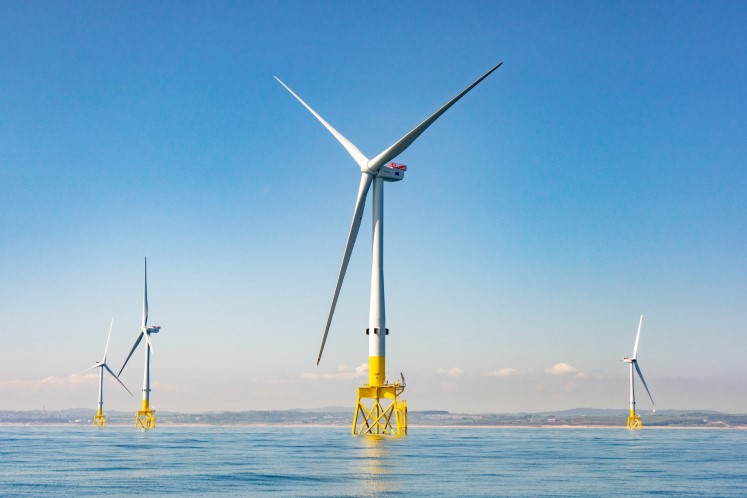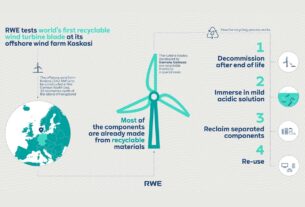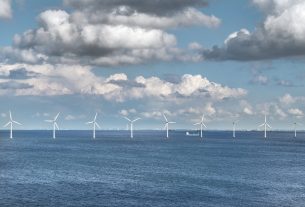United Kingdom – Vattenfall has inked a deal with RWE to divest the Norfolk Offshore Wind Zone. The agreed purchase price, standing at an enterprise value of £963 million, marks a strategic shift for both companies, ensuring the continuous development of major wind projects and delivering fossil-free electricity to millions of British households.
The Norfolk Zone comprises three fully consented wind farms – Norfolk Boreas, Norfolk Vanguard West, and Norfolk Vanguard East – situated off the east coast of England. This project ranks among the largest offshore wind developments globally, boasting a total capacity of 4.2 GW. This capacity is equivalent to powering four million British households, making it a cornerstone in the nation’s renewable energy landscape.
Strategic move for Vattenfall
Vattenfall views the agreement with RWE as a strategic decision that benefits both companies and ensures the seamless progress of the Norfolk projects. By divesting, Vattenfall enhances its capacity to invest in fossil-free initiatives that align more closely with its overall portfolio and risk tolerance. Simultaneously, this divestment serves to reverse the impairment and provisions reported earlier in the year.
Despite the divestment, Vattenfall remains a significant player in offshore development, exemplified by its recent collaboration with BASF to develop the Nordlicht cluster, a 1.5 GW offshore wind project off the coast of Germany. The company also maintains its commitment to the UK, boasting 1.1 GW of installed offshore and onshore wind capacity, with several ongoing projects and a leading position as an independent distribution network operator.
The sale of Boreas, Vanguard East, and Vanguard West is subject to regulatory approvals, with the anticipated closure set for the first quarter of 2024. Until then, Vattenfall will actively contribute to the development of the Vanguard East and Vanguard West projects. A transitional service agreement post-closure will facilitate the seamless continuation of the build-out, ensuring a smooth transition in the operational landscape.




